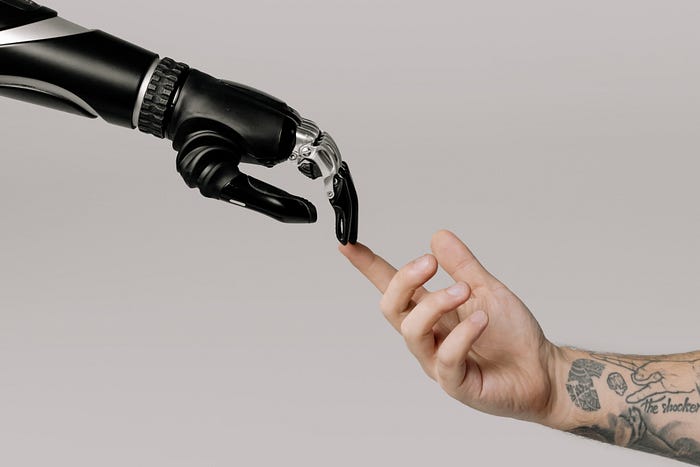Member-only story
Why UX Research has a bright future in the age of AI
Organizations can’t fail faster, so now they might finally focus on user-centered design

AI will likely cause a resurgence in User-Centered Design, as Silicon Valley's favorite phrase, "fail fast and fail often," is becoming obsolete.
As a Designer, it's easy to be anxious about generative AI tools like ChatGPT and MidjourneyAI. But while these technologies will devalue some of our skills, UX Research and Design will increasingly have a lot of value.
This is partly because Generative AI will likely cause one of the past decade's most significant user mental model shifts.
To understand my optimism around AI, and the future many UX Researchers/Designers have, let's start with why Silicon Valley's famous phrase won't work anymore.
Now that we can’t fail faster, User Research and Product Design will help fail better
Generative AI can help you create a mediocre website in an afternoon. Here's how:
- Plan and outline your website, such as purpose, content, and structure and number of pages
- Find a website layout/template that you like, and ask ChatGPT to generate code for the website
- Provide ChatGPT prompts for marketing/writing copy, and tweak it a little bit for each of the sections
- For art assets (without paying too much), use MidJourneyAI or other available free images
- Adjust color and typography by generating color palettes, style guides, and more.
- Put the finishing touches on the website.
You could do several steps through website builders like Squarespace, Wix, and WordPress. However, the fact that now you can not only generate content for the page but also custom code allows you to build faster than ever.
In fact, this could be the fastest we could build things ever. What's more, if these websites fail, you're not likely to be that emotionally attached to them (and you can build another).
However, the fact that you can build faster than ever touches on one of the…

